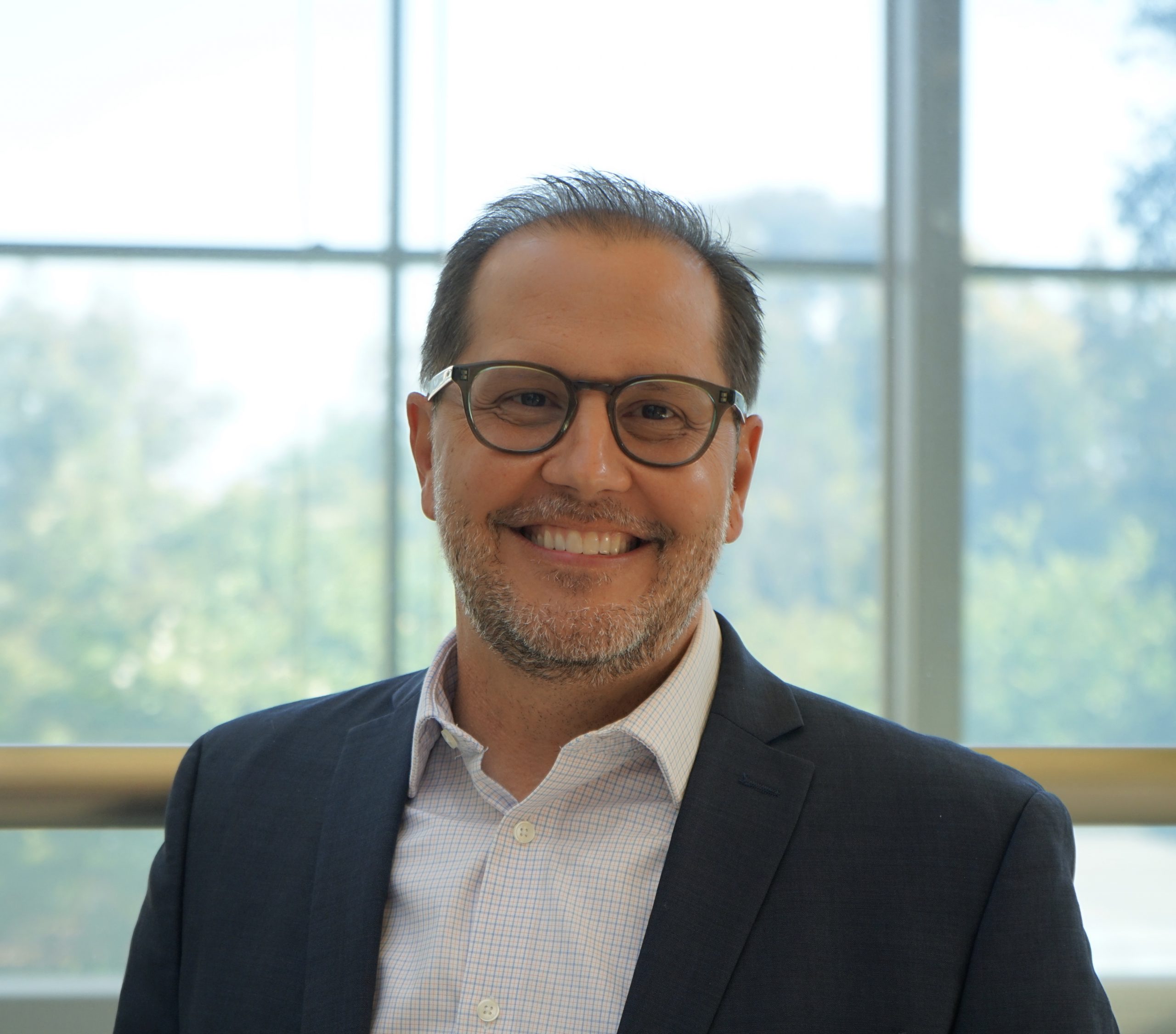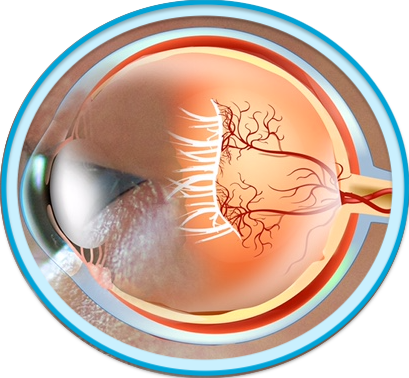Clinician Toolkit
Introduction
Originally believed to result of extended and unaddressed esophageal reflux,1 eosinophilic esophagitis (EoE) is a chronic disease of the esophagus characterized by eosinophilic-predominant inflammation and epithelial remodeling that leads to esophageal dysfunction.2,3
It has an estimated prevalence of 0.5 to 1 person in 1,000 in the US. It is identified in approximately 12% to 23% patients undergoing esophagogastroduodenoscopy (EGD) for dysphagia and in over half of patients who present with esophageal food bolus impaction.4 Interestingly, development of EoE is associated with several patient-related factors5,6:
- European heritage
- Male sex
- Diagnosis of atopic disease (eg, asthma, atopic dermatitis, allergic rhinitis, food allergy)
- Primary family member diagnosed with EoE
Evidence is accumulating that environmental factors, premature or cesarean birth, early antibiotic exposure, food allergy, lack of breast feeding, and lack of early microbial exposure are also linked to development of EoE.5
Symptoms associated with EoE, such as dysphagia and food impaction, result from years of unmanaged EoE and its associated remodeling of the esophageal epithelia. Patients can present with narrowed esophagus or with severe strictures from ongoing fibrosis. It is estimated that for every year that a patient with EoE goes untreated, the risk of stricture increases by 9%.7
Clinical management of EoE is multimodal and includes the elimination of immune-triggering foods from the diet, the use of pharmaceutical agents off-label that suppress epithelial inflammation or reduce stomach acid production, and the surgical dilation of esophageal areas that have narrowed due to fibrosis.4,7
Dietary avoidance can be highly effective but is difficult to maintain and can affect quality of life. Additionally, the pharmaceutical agents used to treat EoE have low-response rates and do not target EoE etiology and underlying disease processes.
There is increasing recognition that EoE development is largely driven T-helper 2 cell (Th2)-mediated inflammation. The first FDA-approved agent for those 12 and older with EoE, dupilumab, is a targeted biologic that suppresses Th2 immune polarization and recruitment of eosinophils to the esophagus.8 Several agents targeting other inflammatory processes of EoE are under investigation, and have shown efficacy in reducing esophageal eosinophil counts endoscopic severity, and/or histologic grade.
References
- Winter HS, Madara JL, Stafford RJ, et al. Intraepithelial eosinophils: A new diagnostic criterion for reflux esophagitis. Gastroenterol. 1982;83(4):818-823.
- Liacouras CA, Furuta GT, Hirano I, et al. Eosinophilic esophagitis: Updated consensus recommendations for children and adults. J Allergy Clin Immunol. 2011;128(1):3. doi:10.1016/j.jaci.2011.02.040
- Khokhar D, Marella S, Idelman G, et al. Eosinophilic esophagitis: Immune mechanisms and therapeutic targets [published online ahead of print, 2022 Jul 1]. Clin Exp Allergy. 2022;10.1111/cea.14196. doi:10.1111/cea.14196
- Chen JW. Management of eosinophilic esophagitis: Dietary and nondietary approaches. Nutr Clin Pract. 2020;35(5):835-847. doi:10.1002/ncp.10571
- Khan S, Guo X, Liu R, et al. An update on eosinophilic esophagitis: Etiological factors, coexisting diseases, and complications. Digestion. 2021;102:342-356. doi:10.1159/000508191
- Lyles J, Rothenberg M. Role of genetics, environment, and their interactions in the pathogenesis of eosinophilic esophagitis. Curr Opin Immunol. 2019;60:46-53. doi:10.1016/j.coi.2019.04.004
- Muir A, Falk GW. Eosinophilic esophagitis: A review. JAMA. 2021;326(13):1310-1318. doi:10.1001/jama.2021.14920
- FDA approves first treatment for eosinophilic esophagitis, a chronic immune disorder. US Food & Drug Administration. Published May 20, 2022. Accessed July 25, 2022. https://www.fda.gov/news-events/press-announcements/fda-approves-first-treatment-eosinophilic-esophagitis-chronic-immune-disorder












